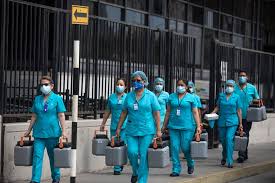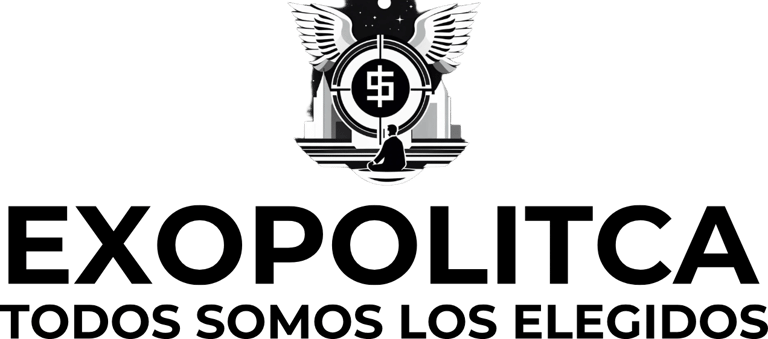Add your promotional text...
The Peruvian healthcare system
The Peruvian healthcare system is characterized by a mixed public and private system and is regulated by the General Health Law (Law No. 26842). The public sector is divided into subsidized and contributory systems, including social security (EsSalud). The National Superintendency of Health (SuSalud) supervises and promotes compliance with the right to healthcare. Peruvian Healthcare System: Public Sector: It is divided into: Subsidized System: includes the Supplementary Health Insurance (SIS), which provides coverage to low-income individuals and vulnerable groups. Contributory System: includes social security, such as EsSalud, which provides coverage to workers and their families. Private Sector: comprised of institutions such as clinics, polyclinics, and private practices that offer healthcare services. Government Bodies: Ministry of Health (MINSA): Establishes policies, regulations, and promotes health at the national level. National Superintendence of Health (SuSalud): Supervises and regulates respect for patient rights and the quality of care. Health Service Institutions (IPRESS): Responsible for the provision of medical care, both public and private. Insurance Fund Management Institutions (IAFAS): Manage funds to guarantee health services. Peruvian Regulations: General Health Law (Law No. 26842): Establishes the principles, standards, and duties for the provision of health services and the protection of the health environment. Telemedicine Framework Law (Law No. 30421): Regulates the use of information and communication technologies for the remote provision of health services. Law amending the General Health Law (Law No. 29712): Modifies the functions and powers of the health authority. Other laws and regulations: Regulate specific aspects such as the formation of Integrated Health Networks (IHN), strengthening the leading role of the Ministry of Health, among others. In Peru, alternative medicine, also known as complementary and alternative medicine (CAM), is gradually being integrated into the healthcare system, particularly through the Social Health Insurance (EsSalud). EsSalud has established a Complementary Medicine Department that promotes the use of natural resources and traditional practices to balance and harmonize the health of its members. Complementary Medicine: EsSalud offers a variety of complementary medicine methods, including phytotherapy (use of plants), hydrotherapy (use of water), geotherapy (use of clay), aerotherapy (use of air), heliotherapy (use of light), and thermalism (use of medicinal mineral waters). Holistic Approach: Complementary medicine at EsSalud focuses on the whole person, considering physical, mental, and spiritual aspects, as well as their cultural and social context. Benefits: Complementary medicine at EsSalud has been observed to contribute to a reduction in the use of conventional medications, painkillers, and anxiolytics, as well as increased patient satisfaction. The healthcare system in ancient Peruvian culture, especially during the Inca period, was based on a combination of traditional medicine and ritual practices. Diseases were understood as imbalances caused by supernatural forces or negative actions, so treatments included rituals to "drive away" evil and restore balance.
8/10/20251 min read


Contenido de mi publicación
